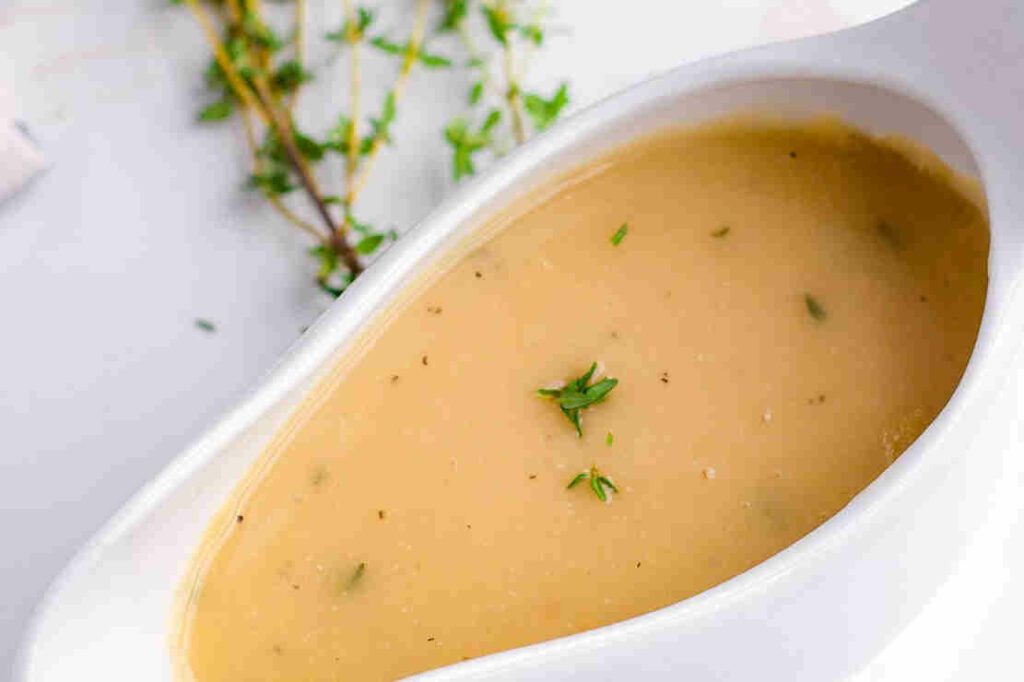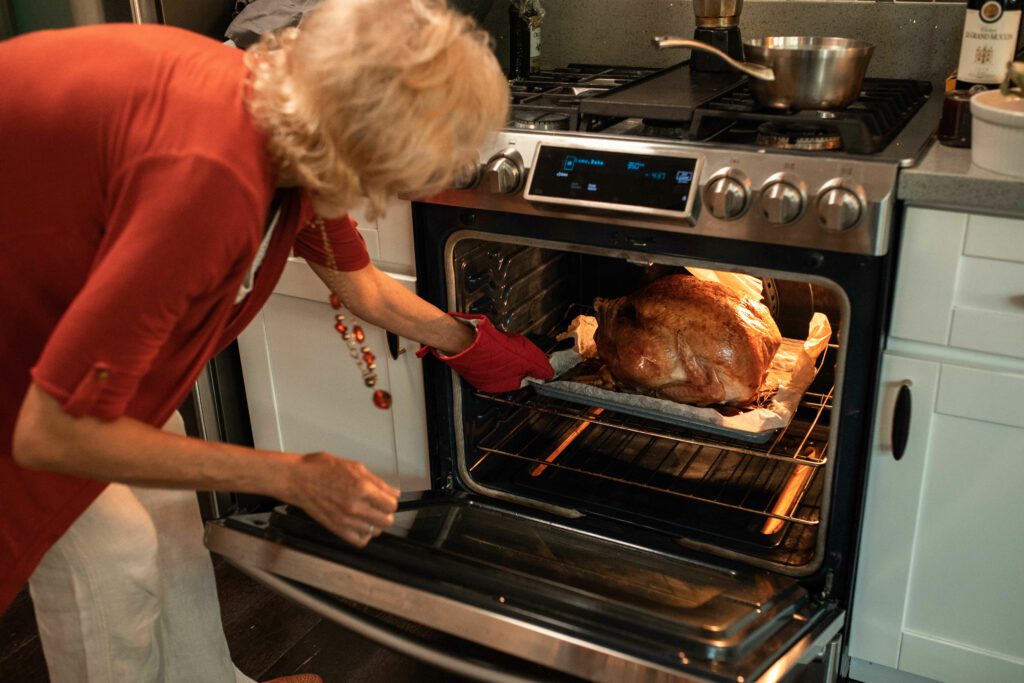If you are like me you need to practice at cooking wonderful food. It takes time to perfect your ideas and techniques. What about turkey gravy for thanksgiving? What are the tips that will help you most?
The turkey may be the centerpiece of your Thanksgiving dinner, but let’s face it—gravy is the glue that holds the meal together. It elevates mashed potatoes, moistens turkey, and even improves vegetables. However, a good turkey gravy doesn’t just happen; it’s carefully crafted.
What Ingredients Make the Perfect Turkey Gravy?
To make the ultimate turkey gravy, you’ll need three fundamental components: well-seasoned fat, flour, and a rich turkey broth. The general ratio is one tablespoon of fat, one tablespoon of flour, and one cup of broth for each cup of finished gravy.
Fun Fact #1: Did you know that the concept of gravy dates back to medieval Europe, where the term originally signified a sauce made from the juices of roasted meat?

How Do You Prepare the Ideal Turkey Broth?
Creating a rich turkey broth is the foundation for your gravy. Use the turkey neck, heart, gizzard, or other internal parts typically found inside the turkey. Add minced onion, diced celery, and salt to water and let it simmer until the vegetables are tender. Include diced turkey liver and let it simmer for an additional 15 minutes for added richness.
Fun Fact #2: The word ‘broth’ comes from the Old English word ‘broþ,’ which means liquid in which meat has been cooked.
Can You Use Turkey Bones for Broth?
You can certainly use turkey bones to yield more broth, but this requires carving the turkey ahead of time, meaning you won’t have a whole bird to showcase at the table. If you opt for this, just increase the quantities of onions and celery in the pan to match the additional volume.
How Important are Pan Drippings for Turkey Gravy?
Never underestimate the value of pan drippings. As the saying goes, “that’s where the goodies are.” After removing the turkey and roasting rack, strain the drippings into a measuring cup. Add some corn oil to the pan to collect all the delicious brown bits left behind.
Fun Fact #3: Pan drippings are packed with “Maillard compounds,” which are responsible for the delicious savory flavors developed during the roasting process.
How Do You Make Sure the Gravy’s Consistency is Just Right?
The trick is to gauge how much broth and fat you have. If you find yourself lacking in either, canned chicken broth or a splash of corn oil can make up the difference. For the gravy itself, whisk together the measured fat and flour in a saucepan. Bring the mixture to a simmer until it turns light brown and smells slightly salty.

What’s the Final Touch for Perfect Gravy?
Once you’ve whisked in the liquids, return the pan to the heat and bring it to a slow simmer. You’ve already cooked the flour in the fat, so stirring until the gravy thickens is all that’s left. How thick you like your gravy is up to you—whether you prefer it just thick enough to coat a spoon or as hearty as your mashed potatoes.
Fun Fact #4: Gravy is versatile and varies across cultures—from the British “gravy train” to the French “sauce Espagnole,” which serves as a base for many classic French sauces.
Gravy may seem simple, but it requires attention to detail—from the quality of your broth to the consistency of the blend. But when you nail it, gravy becomes more than just a sidekick to your turkey; it becomes the unsung hero of your Thanksgiving feast.

